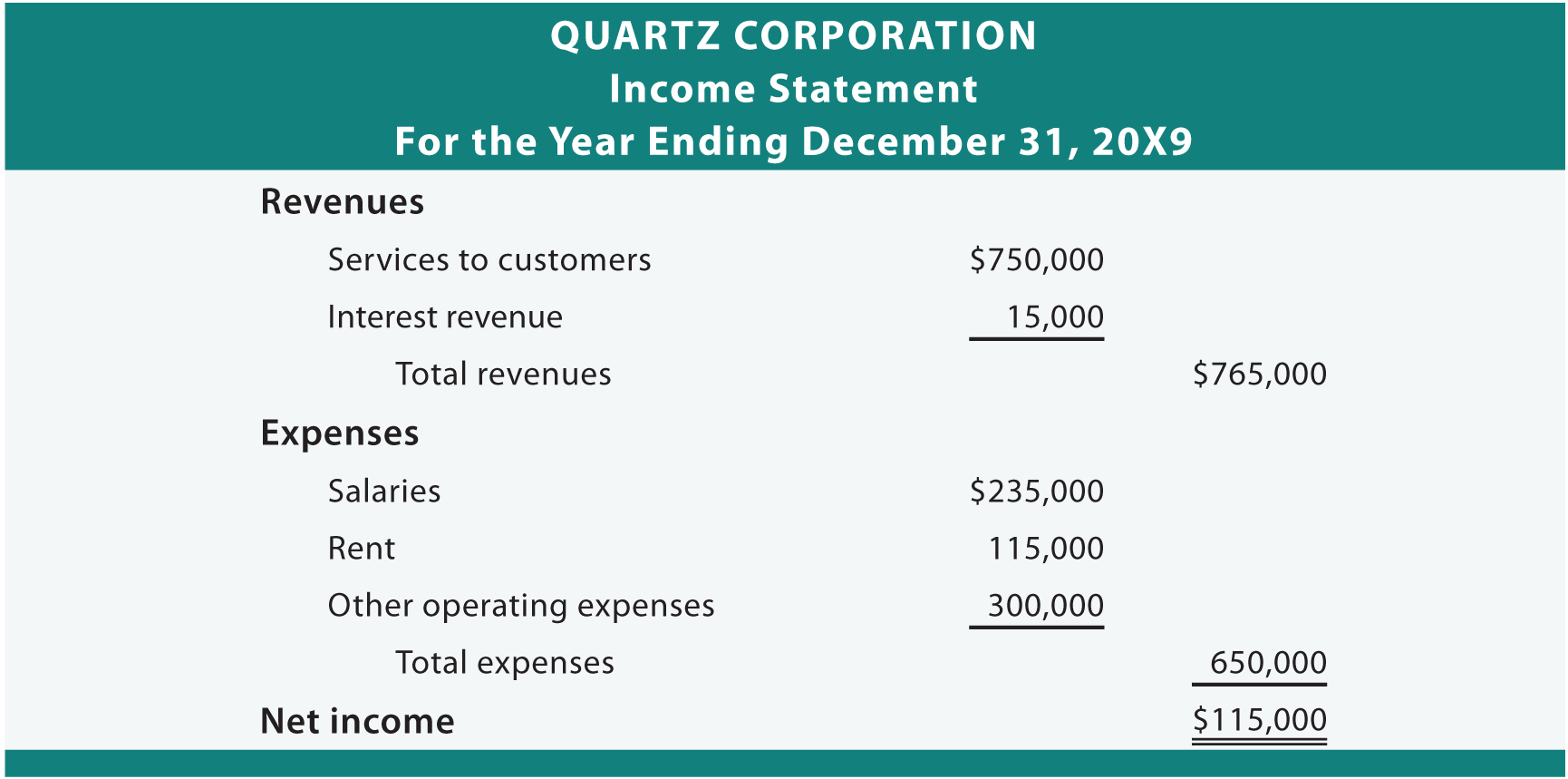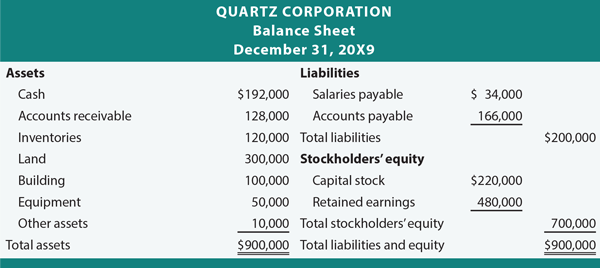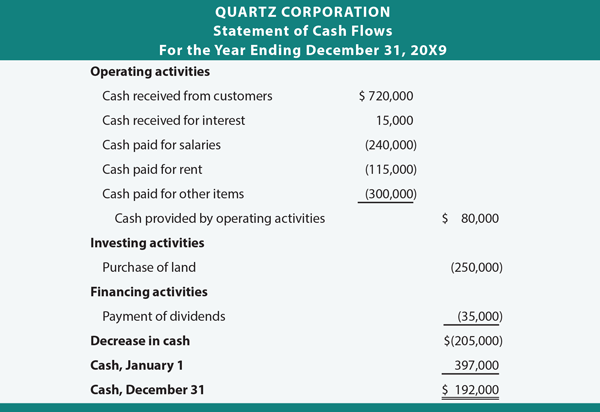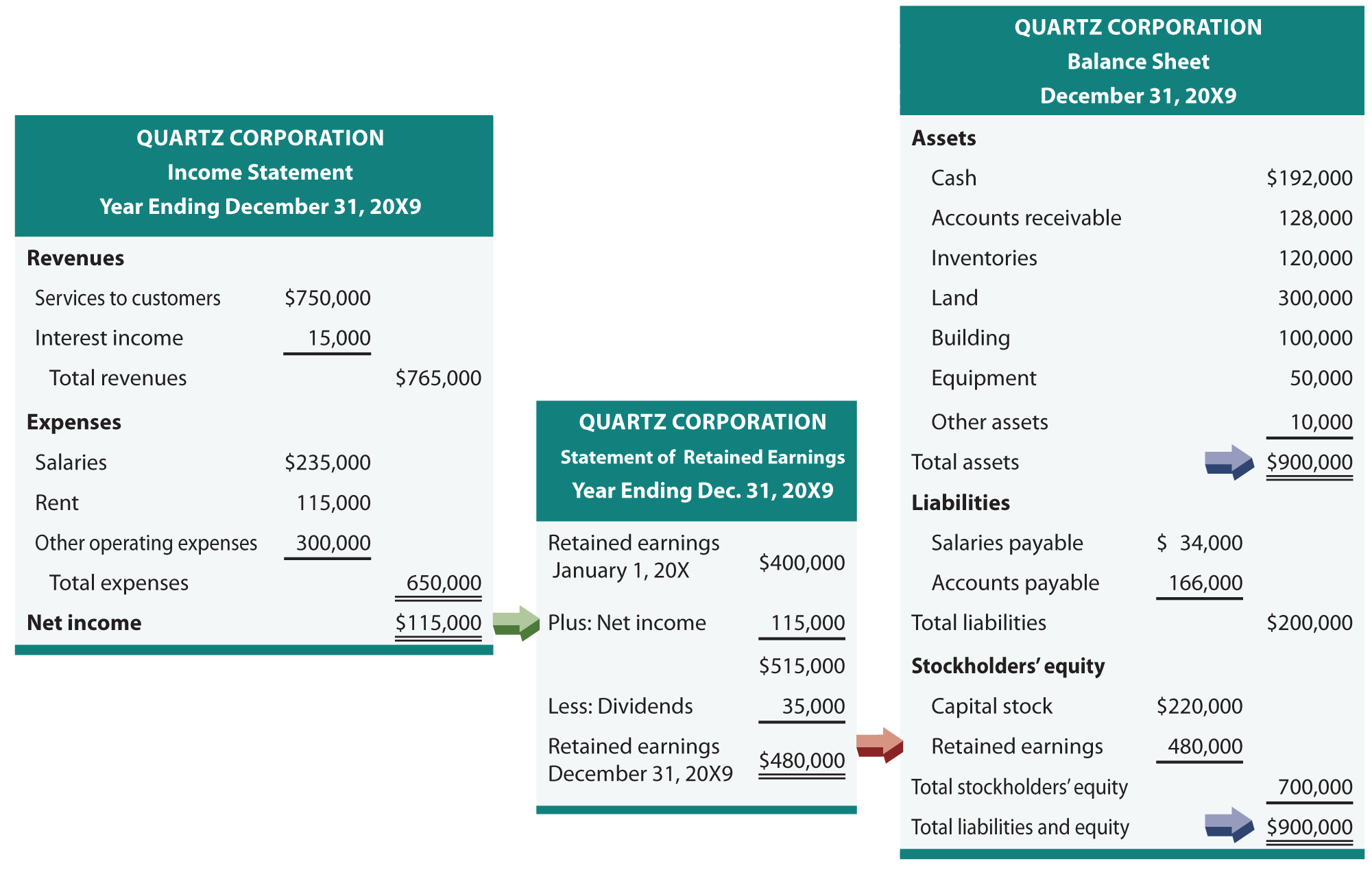One’s future will undoubtedly be marked by numerous decisions about investing money in the capital stock of some corporation. Another option that will present itself is to lend money to a company, either directly, or by buying that company’s debt instruments known as “bonds.” Stocks and bonds are two of the most prevalent financial instruments of the modern global economy. The financial press and television devote seemingly endless coverage to headline events pertaining to large public corporations. Public companies are those with securities that are readily available for purchase/sale through organized stock markets. Many more companies are private, meaning their stock and debt is in the hands of a narrow group of investors and banks.
If one is contemplating an investment in a public or private entity, there is certain information that will logically be sought to guide the decision process. What types of information is desired? What does one want to know about the companies in which one is considering an investment? If one were to prepare a list of questions for the company’s management, what subjects would be included? Whether this challenge is posed to a sophisticated investor or to a new business student, the listing almost always includes the same basic components.
What are the corporate assets? Where does the company operate? What are the key products? How much income is being generated? Does the company pay dividends? What is the corporate policy on ethics and environmental responsibility? Many such topics are noted within the illustrated “thought cloud.” Some of these topics are financial in nature (noted in blue). Other topics are of more general interest and cannot be communicated in strict mathematical terms (noted in red).
Financial accounting seeks to directly report information for the topics noted in blue. Additional supplemental disclosures frequently provide insight about subjects such as those noted in red. One would also need to gain additional information by reviewing corporate websites (many have separate sections devoted to their investors), filings with securities regulators, financial journals and magazines, and other such sources. Most companies will have annual meetings for shareholders and host webcasts every three months (quarterly). These events are very valuable in allowing investors and creditors to make informed decisions about the company, as well as providing a forum for direct questioning of management. One might even call a company and seek “special insight” about emerging trends and developments. Be aware, however, that the company will likely not be able to respond in a meaningful way. Securities laws have very strict rules and penalties that are meant to limit selective or unique disclosures to any one investor or group. It is amusing, but rarely helpful, to review “message boards” where people anonymously post their opinions about a company.
Financial accounting information is conveyed through a standardized set of reports. The balance sheet has already been introduced. The other financial statements are the income statement, statement of retained earnings, and statement of cash flows. There are many rules that govern the form and content of each financial statement. At the same time, those rules are not so rigid as to preclude variations in the exact structure or layout. For instance, the earlier illustration for Edelweiss was first presented as a “horizontal” layout of the balance sheet. The subsequent Edelweiss examples were representative of “vertical” balance sheet arrangements. Each approach, and others, is equally acceptable.
The income statement can be prepared using a single-step or a multiple-step approach, and might be further modified to include a number of special disclosures relating to unique items. These topics will be amplified in a number of subsequent chapters. For now, take careful note that the income statement relates to activities of a specified time period (e.g., year, quarter, month), as is clearly noted in its title:
 Previous illustrations showed how retained earnings increases and decreases in response to events that impact income. Retained earnings is also reduced by shareholder dividends.
Previous illustrations showed how retained earnings increases and decreases in response to events that impact income. Retained earnings is also reduced by shareholder dividends.
 The statement of retained earnings provides a succinct reporting of these changes in retained earnings from one period to the next. In essence, the statement is nothing more than a reconciliation or “bird’s-eye view” of the bridge between the retained earnings amounts appearing on two successive balance sheets.
The statement of retained earnings provides a succinct reporting of these changes in retained earnings from one period to the next. In essence, the statement is nothing more than a reconciliation or “bird’s-eye view” of the bridge between the retained earnings amounts appearing on two successive balance sheets.
 If one examines very many sets of financial statements, one will soon discover that many companies provide a statement of stockholders’ equity in lieu of the statement of retained earnings. The statement of stockholders’ equity portrays not only the changes in retained earnings, but also changes in other equity accounts.
If one examines very many sets of financial statements, one will soon discover that many companies provide a statement of stockholders’ equity in lieu of the statement of retained earnings. The statement of stockholders’ equity portrays not only the changes in retained earnings, but also changes in other equity accounts.
The balance sheet focuses on the accounting equation by revealing the economic resources owned by an entity and the claims against those resources (liabilities and owners’ equity). The balance sheet is prepared as of a specific date, whereas the income statement and statement of retained earnings cover a period of time. Accordingly, it is sometimes said that balance sheets portray financial position (or condition) while other statements reflect results of operations. Quartz’s balance sheet is as follows:
 The statement of cash flows details the enterprise’s cash flows. This operating statement reveals how cash is generated and expended during a specific period of time. It consists of three unique sections that isolate the cash inflows and outflows attributable to (a) operating activities, (b) investing activities, and (c) financing activities.
The statement of cash flows details the enterprise’s cash flows. This operating statement reveals how cash is generated and expended during a specific period of time. It consists of three unique sections that isolate the cash inflows and outflows attributable to (a) operating activities, (b) investing activities, and (c) financing activities.
 Notice that the cash provided by operations is not the same thing as net income found in the income statement. This result occurs because some items hit income and cash flows in different periods. For instance, remember how Edelweiss (from the earlier illustration) generated income from a service provided on account. That transaction increased income without a similar effect on cash. These differences tend to even out over time. Other cash flow items may never impact operations. For instance, dividends paid are an important financing cash outflow for a corporation, but they are not an expense. They are a distribution of income. The proceeds of a loan would be an example of a non-operating cash inflow. It would be shown as a financing cash flow item.
Notice that the cash provided by operations is not the same thing as net income found in the income statement. This result occurs because some items hit income and cash flows in different periods. For instance, remember how Edelweiss (from the earlier illustration) generated income from a service provided on account. That transaction increased income without a similar effect on cash. These differences tend to even out over time. Other cash flow items may never impact operations. For instance, dividends paid are an important financing cash outflow for a corporation, but they are not an expense. They are a distribution of income. The proceeds of a loan would be an example of a non-operating cash inflow. It would be shown as a financing cash flow item.
The statement cash flows require a fairly complete knowledge of basic accounting. Do not be concerned by a lack of complete comprehension at this juncture. Comprehension develops as studies progress, and a future chapter is devoted to the statement of cash flows.
 It seems almost magical that the final tie-in of retained earnings will exactly cause the balance sheet to balance. This is reflective of the brilliance of Pacioli’s model, and is indicative of why it has survived for centuries.
It seems almost magical that the final tie-in of retained earnings will exactly cause the balance sheet to balance. This is reflective of the brilliance of Pacioli’s model, and is indicative of why it has survived for centuries.
If one is contemplating an investment in a public or private entity, there is certain information that will logically be sought to guide the decision process. What types of information is desired? What does one want to know about the companies in which one is considering an investment? If one were to prepare a list of questions for the company’s management, what subjects would be included? Whether this challenge is posed to a sophisticated investor or to a new business student, the listing almost always includes the same basic components.
What are the corporate assets? Where does the company operate? What are the key products? How much income is being generated? Does the company pay dividends? What is the corporate policy on ethics and environmental responsibility? Many such topics are noted within the illustrated “thought cloud.” Some of these topics are financial in nature (noted in blue). Other topics are of more general interest and cannot be communicated in strict mathematical terms (noted in red).
Financial Statement:
Financial accounting information is conveyed through a standardized set of reports. The balance sheet has already been introduced. The other financial statements are the income statement, statement of retained earnings, and statement of cash flows. There are many rules that govern the form and content of each financial statement. At the same time, those rules are not so rigid as to preclude variations in the exact structure or layout. For instance, the earlier illustration for Edelweiss was first presented as a “horizontal” layout of the balance sheet. The subsequent Edelweiss examples were representative of “vertical” balance sheet arrangements. Each approach, and others, is equally acceptable.
Income Statement:
A summary of an entity’s results of operation for a specified period of time is revealed in the income statement, as it provides information about revenues generated and expenses incurred. The difference between the revenues and expenses is identified as the net income or net loss. The income statement can be prepared using a single-step or a multiple-step approach, and might be further modified to include a number of special disclosures relating to unique items. These topics will be amplified in a number of subsequent chapters. For now, take careful note that the income statement relates to activities of a specified time period (e.g., year, quarter, month), as is clearly noted in its title:

Statement Of Retained Earning:


Balance Sheet:

Statement Of Cash Flow:

The statement cash flows require a fairly complete knowledge of basic accounting. Do not be concerned by a lack of complete comprehension at this juncture. Comprehension develops as studies progress, and a future chapter is devoted to the statement of cash flows.
self-balancing:
It is important to note that the income statement, statement of retained earnings, and balance sheet articulate. This means they mesh together in a self-balancing fashion. The income for the period ties into the statement of retained earnings, and the ending retained earnings ties into the balance sheet. This final tie-in causes the balance sheet to balance. These relationships are illustrated in the following diagram.


No comments:
Post a Comment
Thanks For Comment!!